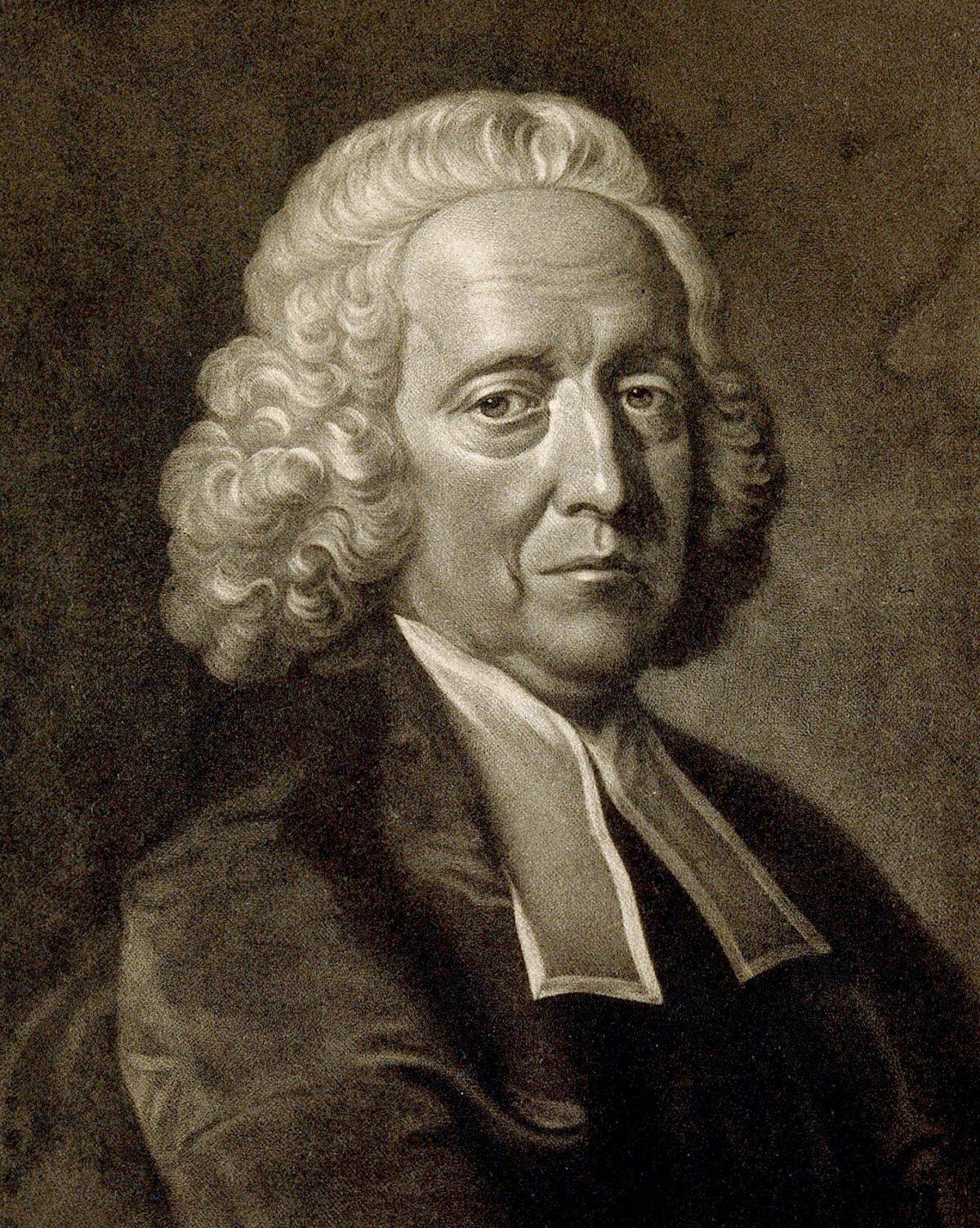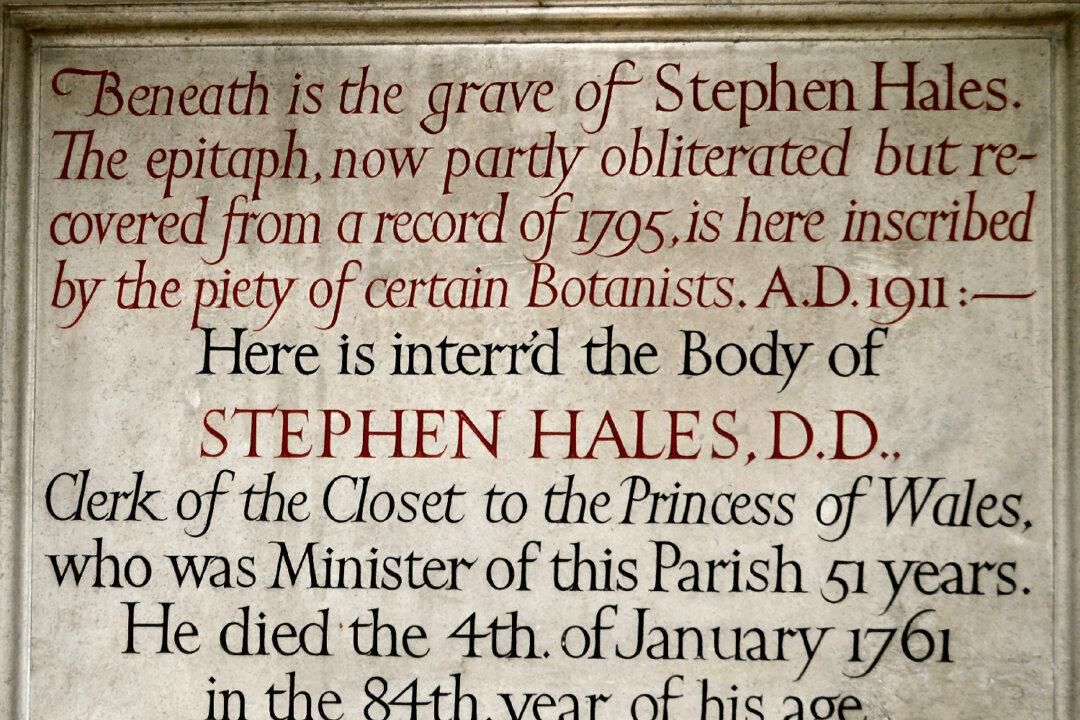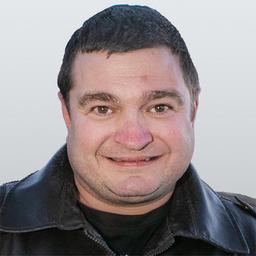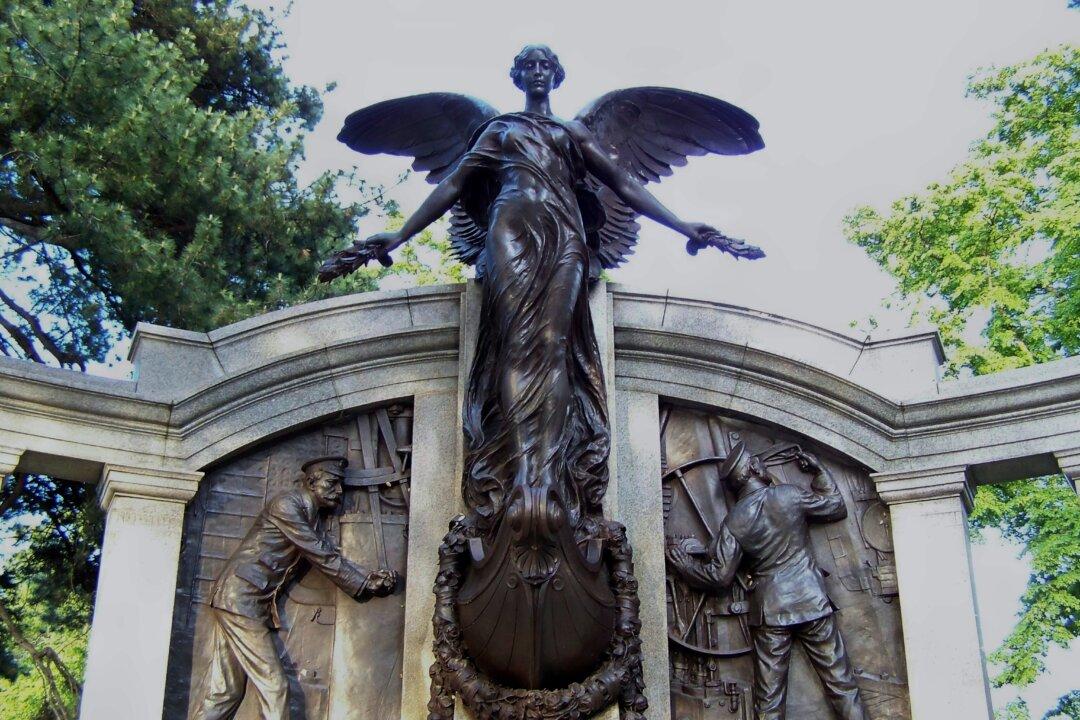Although Stephen Hales (1677–1761) was a priest of the Church of England for his entire life, he made great strides in the understanding of plant and animal biology when he wasn’t performing his official church duties.

A portrait of Stephen Hales, mezzotint by J. McArdell after T. Hudson. Materialscientist/CC BY-SA 4.0






